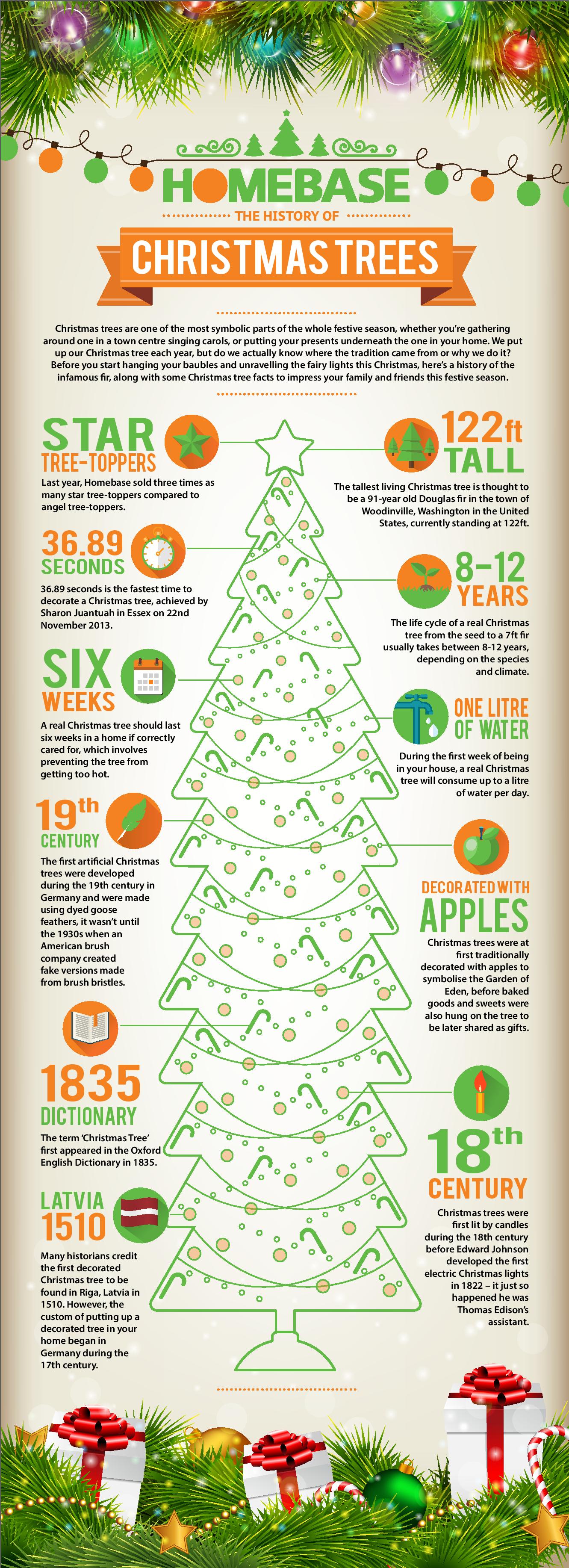
Christmas trees have become an integral part of the holiday season, with millions of people around the world setting up trees in their homes, decorating them with lights, ornaments, and tinsel. But have you ever wondered how this tradition originated? In this article, we'll explore the fascinating history of Christmas trees and how they became a beloved Christian tradition.
The evergreen fir tree has been a symbol of life and fertility in many cultures for thousands of years. In ancient Germany, the fir tree was seen as a symbol of hope and renewal during the cold and dark winter months. The modern Christmas tree tradition as we know it today is often attributed to 16th-century Germany, where it is believed to have originated. However, the idea of using evergreen trees to celebrate the winter solstice and the birth of Jesus Christ has its roots in much earlier times.

In this article, we'll explore five ways Christmas trees became a Christian tradition, and how this beloved custom has evolved over time.
The Ancient Roots of Christmas Trees
The use of evergreen trees to celebrate the winter solstice and the birth of Jesus Christ has its roots in ancient times. In pre-Christian Europe, the winter solstice was celebrated as a time of renewal and rebirth, and evergreen trees were seen as a symbol of life and fertility. The ancient Germans, Celts, and Vikings would bring evergreen trees into their homes during the winter solstice, decorating them with candles, fruits, and other ornaments.
These early Christmas trees were not necessarily Christian in nature, but rather a way to celebrate the return of the sun and the coming of longer days. However, as Christianity spread throughout Europe, the tradition of using evergreen trees to celebrate the winter solstice was incorporated into the Christian faith.
The Role of Martin Luther in Popularizing Christmas Trees
One of the key figures in popularizing the Christmas tree tradition was Martin Luther, a German Protestant reformer who lived in the 16th century. According to legend, Luther was walking through a forest on a snowy evening when he was struck by the beauty of the stars shining through the branches of the fir trees. He took a small fir tree home and decorated it with candles to recreate the effect for his children.
Luther's love of Christmas trees was not just about aesthetics; it was also a way to teach his children about the importance of faith and the symbolism of the evergreen tree. For Luther, the Christmas tree represented the hope and renewal that comes through faith in Jesus Christ.

The Prince Albert Connection
Another key figure in popularizing the Christmas tree tradition was Prince Albert, the German-born husband of Queen Victoria of England. Albert brought the Christmas tree tradition to the British court in the mid-19th century, and it quickly became a popular custom among the upper classes.
The Illustrated London News published a drawing of the royal family around a decorated Christmas tree in 1848, which helped to popularize the tradition among the British public. The drawing showed Queen Victoria, Prince Albert, and their children gathered around a beautifully decorated tree, and it sparked a wave of interest in the Christmas tree tradition among the British middle class.
The Role of German Immigrants in Bringing Christmas Trees to America
German immigrants played a significant role in bringing the Christmas tree tradition to America. Many German immigrants brought their Christmas traditions with them when they came to the United States, including the custom of decorating evergreen trees.
The first American Christmas tree was set up in 1832 by German immigrants in Pennsylvania. The tradition quickly gained popularity, and by the mid-19th century, Christmas trees were a common sight in American homes.

The Modern Christmas Tree Tradition
Today, the Christmas tree tradition is a beloved custom around the world. Millions of people set up trees in their homes, decorate them with lights, ornaments, and tinsel, and gather around them to celebrate the holiday season.
The modern Christmas tree tradition is a blend of ancient pagan customs, Christian symbolism, and cultural influences from around the world. Whether you're a Christian or not, the Christmas tree remains a powerful symbol of hope, renewal, and celebration during the winter months.
Conclusion
The Christmas tree tradition has a rich and fascinating history that spans thousands of years. From its ancient roots in pre-Christian Europe to its modern-day popularity around the world, the Christmas tree remains a beloved symbol of the holiday season.
Whether you're a Christian or not, the Christmas tree tradition is a powerful reminder of the importance of hope, renewal, and celebration during the winter months. So the next time you set up your Christmas tree, remember the rich history and symbolism behind this beloved custom.




What is the origin of the Christmas tree tradition?
+The Christmas tree tradition has its roots in ancient times, when evergreen trees were seen as a symbol of life and fertility during the winter solstice. The modern tradition is believed to have originated in 16th-century Germany.
Who popularized the Christmas tree tradition?
+Martin Luther, a German Protestant reformer, is credited with popularizing the Christmas tree tradition in the 16th century. Prince Albert, the German-born husband of Queen Victoria, also played a significant role in popularizing the tradition in the British court.
What is the symbolism behind the Christmas tree?
+The Christmas tree is a symbol of hope, renewal, and celebration during the winter months. For Christians, the tree represents the hope and renewal that comes through faith in Jesus Christ.